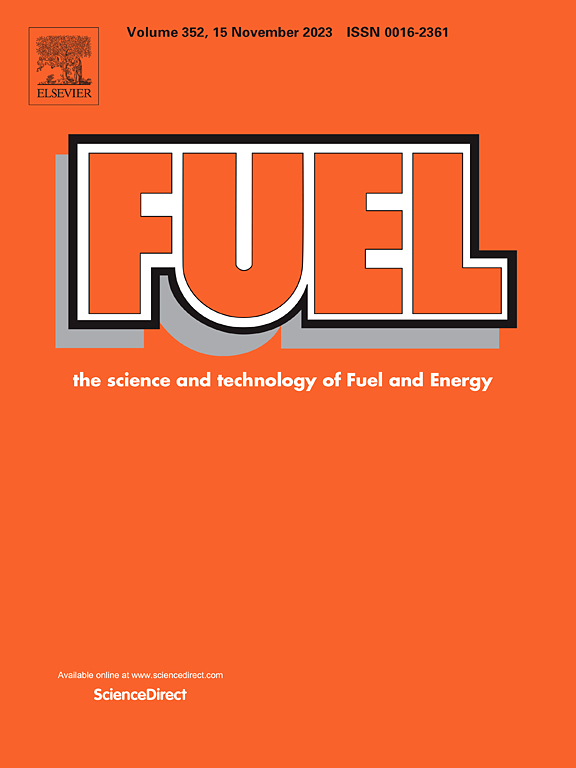Challenges for accurately predicting the solubilities of Hg0 in various solvents and their impact on modelling the distribution of Hg0 throughout oil and gas infrastructure
IF 6.7
1区 工程技术
Q2 ENERGY & FUELS
引用次数: 0
Abstract
Oil and gas operators need to be able to understand how elemental mercury (Hg0) is distributed throughout their infrastructure to be able to minimise the cycling of Hg0 through their process systems. This is essential to be able to avoid Hg-induced corrosion, embrittlement and to guarantee the safety of their workers. However, determining Hg concentrations directly at high temperatures or pressures is difficult. An alternative is to model the mobility of Hg0 by first experimentally determining equilibrium solubilities in relevant solvent mixtures under manageable conditions. The van’t Hoff approximation has often been applied to monitor the quality of produced experimental data. This is possible by plotting the equilibrium solubility against temperature producing an exponential relationship. If the fit is poor, it may suggest an error occurred in the experimental protocol, otherwise the data can be used to predict Hg solubilities at extreme temperatures. Here we present Hg solubility data in various solvents, including methanol, ethylene glycol (MEG), triethylene glycol (TEG), hexane, methylcyclopentane and water, with the aim of highlighting issues extrapolating to high temperatures based on laboratory measurements. To do this we compared the van’t Hoff plot (exponential fit) with a second approach (quadratic fit). This showed that when extrapolating to industrially relevant temperatures, for solvents such as MEG, the Hg0 solubility can be 7.8 times higher when applying an exponential fit compared to the quadratic fit. Showcasing the potential for significant error when attempting to model the persistence of Hg across petrochemical infrastructure.
准确预测Hg0在各种溶剂中的溶解度的挑战及其对模拟Hg0在整个油气基础设施中的分布的影响
石油和天然气运营商需要能够了解元素汞(Hg0)如何分布在其基础设施中,以便能够最大限度地减少Hg0在其工艺系统中的循环。这对于避免汞引起的腐蚀、脆化和保证工人的安全至关重要。然而,在高温或高压下直接测定汞浓度是困难的。另一种方法是首先通过实验确定相关溶剂混合物在可控条件下的平衡溶解度来模拟Hg0的迁移率。范霍夫近似常被用于监测所产生的实验数据的质量。这可以通过绘制平衡溶解度与温度之间的指数关系来实现。如果拟合差,则可能表明实验方案中出现了错误,否则数据可用于预测极端温度下的汞溶解度。在这里,我们展示了汞在各种溶剂中的溶解度数据,包括甲醇、乙二醇(MEG)、三甘醇(TEG)、己烷、甲基环戊烷和水,目的是强调根据实验室测量推断高温的问题。为此,我们将范霍夫图(指数拟合)与第二种方法(二次拟合)进行了比较。这表明,当外推到工业相关温度时,对于MEG等溶剂,当应用指数拟合时,Hg0的溶解度可以比二次拟合高7.8倍。展示了在试图对整个石化基础设施中汞的持久性进行建模时可能出现的重大错误。
本文章由计算机程序翻译,如有差异,请以英文原文为准。
求助全文
约1分钟内获得全文
求助全文
来源期刊

Fuel
工程技术-工程:化工
CiteScore
12.80
自引率
20.30%
发文量
3506
审稿时长
64 days
期刊介绍:
The exploration of energy sources remains a critical matter of study. For the past nine decades, fuel has consistently held the forefront in primary research efforts within the field of energy science. This area of investigation encompasses a wide range of subjects, with a particular emphasis on emerging concerns like environmental factors and pollution.
 求助内容:
求助内容: 应助结果提醒方式:
应助结果提醒方式:


